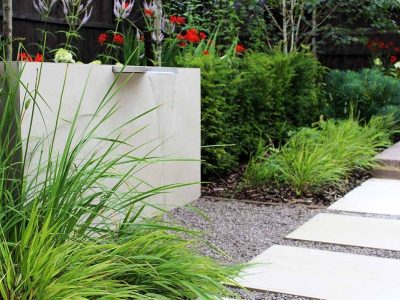Creating a beautiful and sustainable landscape doesn’t have to be a time-consuming chore. By incorporating native plants into your garden design, you can enjoy a low-maintenance landscape that thrives with minimal effort. Native plants are well-adapted to the local climate, soil, and wildlife, making them ideal choices for homeowners looking to reduce water usage, chemical inputs, and time spent on upkeep.
Benefits of Using Native Plants for Low-Maintenance Landscaping
1. Drought Tolerance: Native plants have evolved to survive in specific regions, making them naturally drought-resistant. This means less watering and more resilient landscaping.
2. Reduced Maintenance: Native plants typically require less care, such as pruning, fertilizing, and pest control, compared to exotic species. This saves you time and effort in the long run.
3. Wildlife Attraction: Native plants provide food and shelter for local wildlife, including birds, butterflies, and beneficial insects. By incorporating them into your landscape, you can create a thriving ecosystem in your backyard.
4. Biodiversity: Using a variety of native plants in your garden promotes biodiversity and helps support the local ecosystem. This can lead to healthier soil, improved pollination, and overall ecosystem resilience.
Top Native Plants for Low-Maintenance Landscaping
- California Poppy (Eschscholzia californica): Known for its vibrant orange flowers, the California Poppy is a drought-tolerant native plant that adds a pop of color to any garden.
- Lavender (Lavandula spp.): With its fragrant blooms and low water requirements, Lavender is a popular choice for low-maintenance landscapes. It attracts pollinators and adds a touch of elegance to any garden.
- Black-Eyed Susan (Rudbeckia hirta): This hardy perennial produces cheerful yellow flowers and thrives in a wide range of soil conditions. It requires minimal care and provides long-lasting color throughout the growing season.
- Switchgrass (Panicum virgatum): A versatile native grass that adds texture and movement to the landscape, Switchgrass is drought-tolerant, low-maintenance, and provides habitat for birds and other wildlife.
Tips for Designing a Low-Maintenance Landscape with Native Plants
1. Research Local Native Plants: Look for native plant species that are well-suited to your region’s climate, soil type, and sun exposure. Consider factors such as bloom time, height, and water requirements when selecting plants for your landscape.
2. Group Plants by Water Needs: Create water-efficient zones in your garden by grouping plants with similar watering requirements together. This can help you conserve water and reduce maintenance tasks.
3. Mulch and Weed Regularly: Applying mulch around native plants helps retain moisture, suppress weeds, and improve soil health. Regular weeding can prevent invasive species from taking over and competing with native plants.
4. Embrace Naturalistic Design: Consider using native plants in a more informal and naturalistic design to mimic the beauty of local ecosystems. Incorporate layers of plants, varying heights, and native grasses to create a visually appealing and wildlife-friendly landscape.
By embracing native plants for low-maintenance landscaping, you can create a sustainable and beautiful garden that requires minimal upkeep while supporting local biodiversity and wildlife. Start incorporating native plants into your landscape today and enjoy the beauty and benefits they bring!













Comments